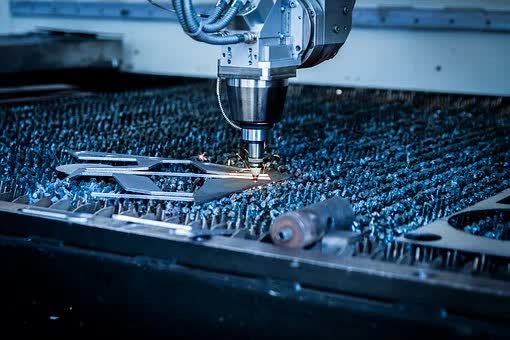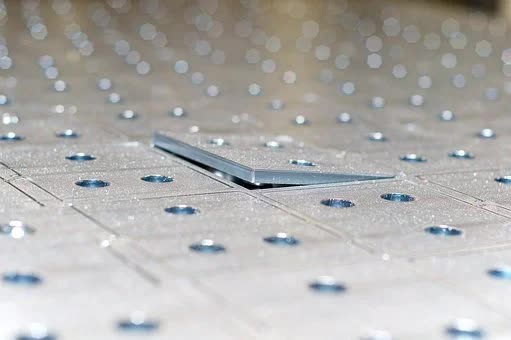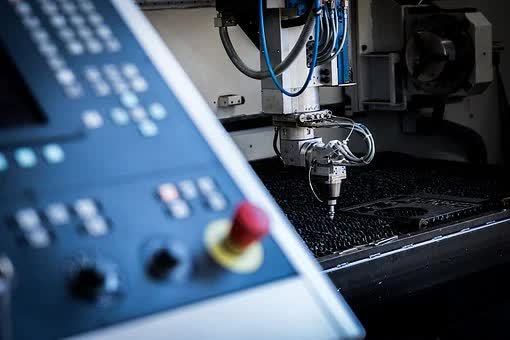
Laser cutting is a modern and fast method of precision metal cutting. Since this method has been used, cutting out hard-to-reach places and profiles has become much easier. After the finishing process, the elements have perfectly cut shapes. Cutting in even hard-to-reach places is done with perfect accuracy. The optimal arrangement of the cut elements allows the maximum use of the material. The final effect, in terms of quality and visuals, will surely satisfy even the most demanding customers, for whom the precision and repeatability of the element are the most important. After the finishing process, the element does not require additional processing and is ready for use. Traditional cutting is characterized by a precision that is unattainable for traditional cutting and guarantees smooth edges. Thanks to these advantages, the laser is used wherever the most accurate final effect is required. If the element must be accurate down to a millimeter, it is best to use this processing method. The quality of laser cutting depends mainly on the selection of the appropriate model of the laser cutter. The experience of professionals in this field, who will properly program the cutting machine, will allow you to create the most complicated projects.

The focused light of the laser beam hits the cut element and heats the surface with which it comes into contact. As a result, melting or evaporation occurs. The choice of cutting method depends on the type of surface to be processed. Reactive cutting uses a stream of oxygen or a mixture containing oxygen and argon. Another method of cutting is with the use of cracks, i.e., by creating gaps in the material. Here, laser beams are used to bring the selected surface to an extremely high temperature. The whole element does not heat up, so there are no changes in the structure of the material. Liquid cutting, where argon or nitrogen is most often used for precise surface cleaning, is a method used for metals from high alloys such as aluminum, titanium, and magnesium.
Laser cutting is used in many industries, such as the automotive, furniture, and construction industries. In the automotive industry, laser cutting makes it possible to obtain high-quality metal parts. The furniture industry also benefits from laser cutting in the production of metal structures, owing to the cut element’s perfect precision and 100% repeatability. In the construction industry, 3D laser cutting enables the processing of spatial elements, including profiles and pipes, which must be perfectly matched when creating steel and aluminum structures. Cutting machines are characterized by high speed and repeatability, so making the same elements is not the slightest problem. High-cutting precision is also appreciated by the aviation and electrical engineering industries.

The most modern technology of laser cutting, using the most modern devices, allows you to quickly perform even the most complex projects, which have a perfectly smooth surface and 100% repeatability of each element. Laser cutting is an efficient and fast process. It does not require any corrections, so it does not generate additional costs. Proper arrangement of the cut elements reduces the amount of waste, thanks to which the entire process is economical. The laser-cutting process has many advantages and enables the implementation of demanding projects. Precision, accuracy, a quick completion date, and maximum use of the material, which allows you to minimize costs, make the group of supporters of this method of cutting various types of materials constantly grow.
